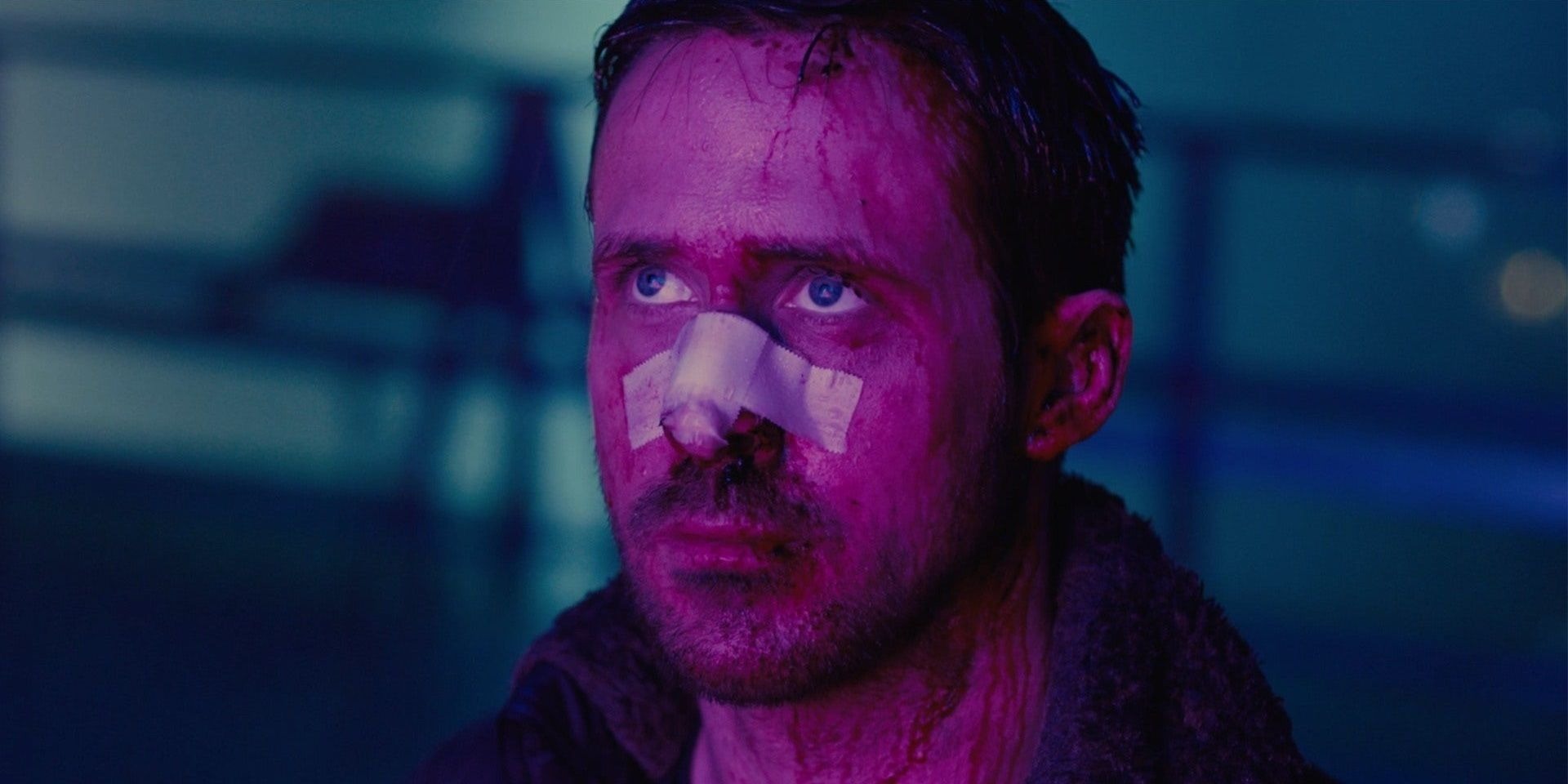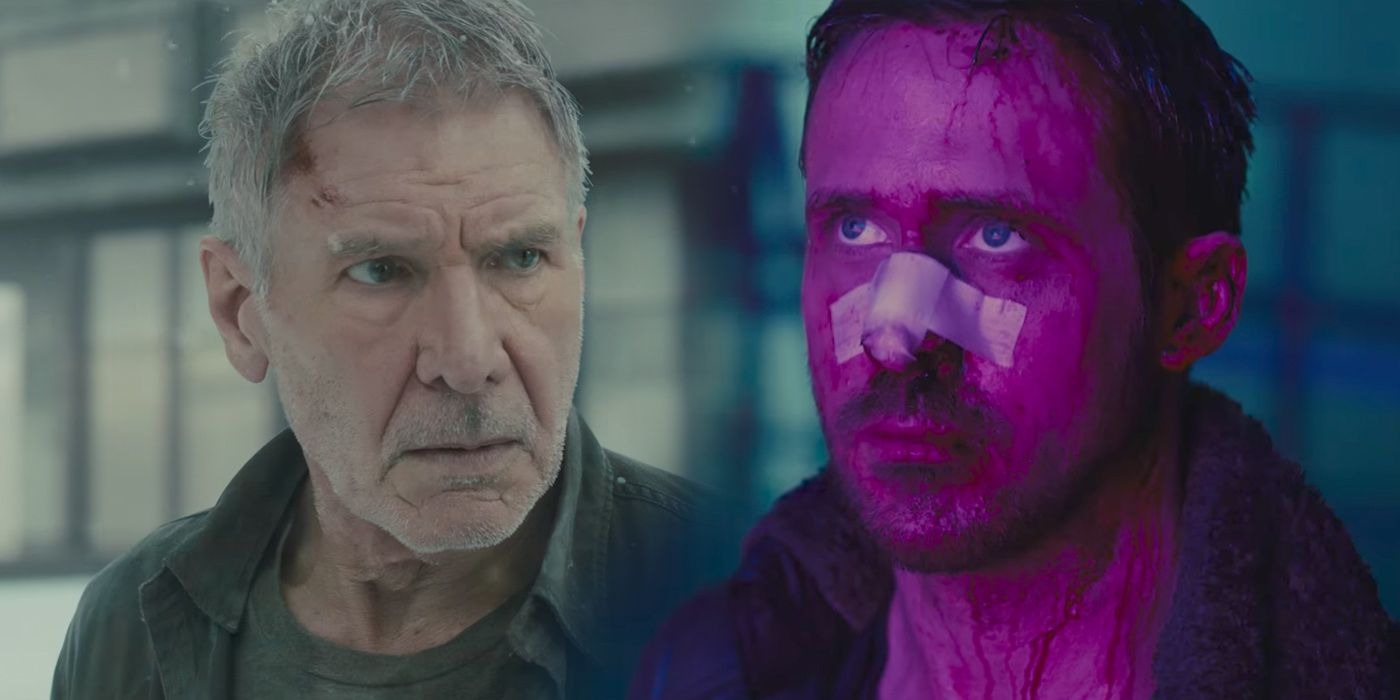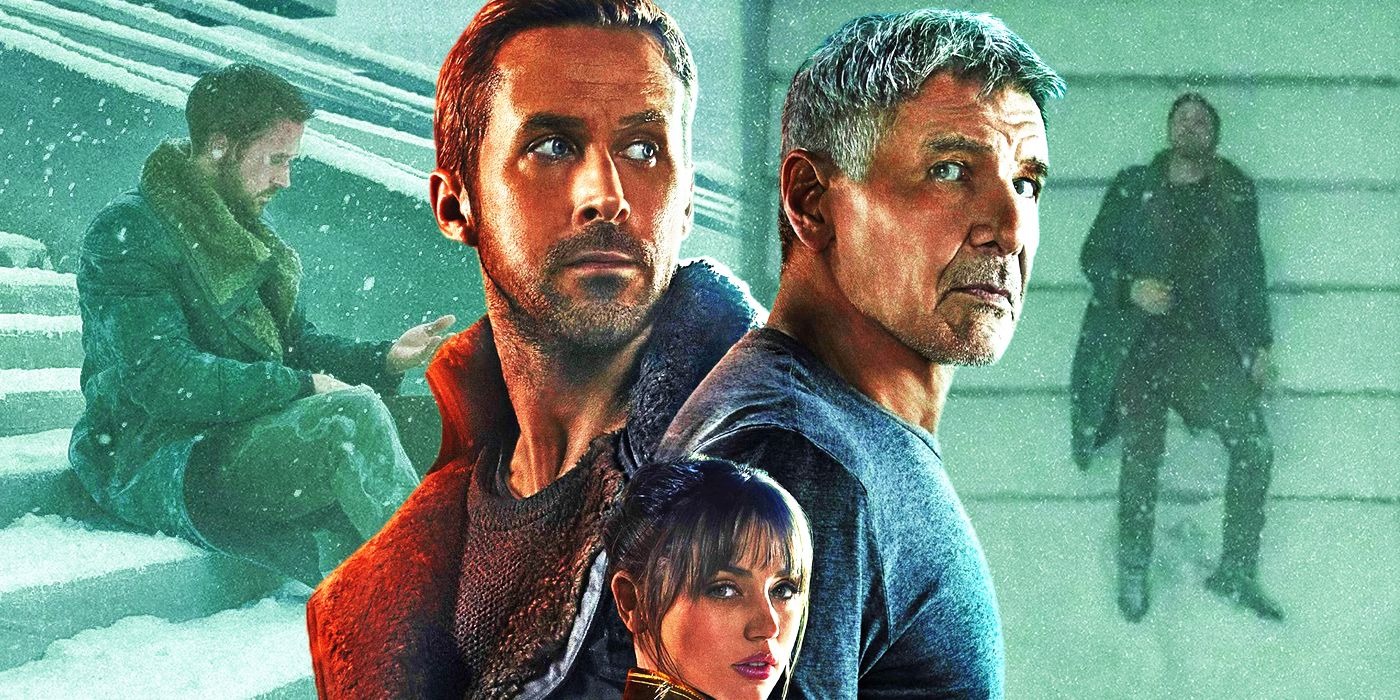The sequel to Ridley Scott’s groundbreaking 1982 film struggled to achieve commercial success despite its ambitious vision. Labelled a box office disappointment, Blade Runner 2049, directed by Denis Villeneuve, still managed to earn widespread acclaim for its technical mastery and storytelling depth.
While Scott did not return to direct, Villeneuve ensured his absence was not felt, delivering a visually stunning and immersive experience. His skillful approach to expanding the original film’s universe solidified Blade Runner 2049 as one of the most hauntingly beautiful cinematic achievements of the decade.

Ryan Gosling stepped into the lead role, taking over from Harrison Ford and delivering a performance that perfectly complemented the film’s atmosphere.
The additions to the Blade Runner universe were seamlessly integrated, enhancing the story without diminishing the impact of its predecessor.
It is rare for a sequel to match the core of the original, yet the team behind 2049 executed an extraordinary effort, crafting a film that resonated on multiple levels.
Blade Runner 2049 Plot Summary
Set three decades after the events of the first film, the story takes place in a dystopian future where the Wallace Corporation, led by its ambitious founder Niander Wallace (Jared Leto), has revolutionized agriculture through synthetic farming.
The once-dominant Tyrell Corporation, known for creating bioengineered beings called replicants, has ceased to exist. Taking their work further, Wallace has developed a new generation of Nexus-9 replicants, designed to be even more obedient than their predecessors.
Tasked with eliminating older-model replicants, K (Ryan Gosling) is assigned to track down and kill Sapper Morton (Dave Bautista), a former Nexus-8 replicant who now lives in solitude as a farmer.
Before K carries out his mission, Sapper cryptically speaks of a “miracle” that could change the course of replicant history. After eliminating Sapper, K discovers a box buried on the farm, prompting his superior, Lieutenant Joshi (Robin Wright), to order a team to retrieve its contents.
The Mystery of the Box’s Contents
After undergoing a routine “baseline test” to confirm his continued compliance, K learns that the box contains the remains of a female replicant who died during childbirth three decades prior.
The deceased woman is none other than Rachael, Rick Deckard’s (Harrison Ford) former companion, whose fate is further explored later in the film.
Sapper’s reference to a “miracle” alluded to the fact that Rachael had given birth—a shocking revelation that unsettles Joshi, as it could provoke a conflict between humans and replicants.
The discovery raises concerns about replicants’ ability to reproduce, which had long been considered impossible. Recognizing the potential upheaval this could cause, K visits the Wallace Corporation’s archives to uncover information about the child.
However, Luv (Sylvia Hoeks), Wallace’s enforcer, informs him that much of the relevant data was lost in the Blackout, leaving the child’s identity a mystery.
Wallace’s Obsession with Replicant Reproduction
Wallace has spent years searching for a way to make replicants self-replicate, aiming to solidify his dominance over the artificial life he creates.
A disturbing scene illustrates his fixation as he examines a newborn female replicant. Driven by his ruthless ambition, he coldly murders the infant upon realizing she cannot reproduce, demonstrating his complete disregard for life in pursuit of his ultimate goal.
Meanwhile, K follows Joshi’s orders to erase any evidence of the child’s existence, setting fire to Sapper’s farm. However, he uncovers crucial clues before destroying the site. Among them is a photo of Rachael and a small wooden box hidden in a piano, containing a sock.
He also notices a date—”6/10/21″—carved into the base of a tree, suggesting a connection to the child’s birth. In a private moment, K confides in Joi, his artificial intelligence companion, sharing a memory from his past.
In this recollection, he hides a wooden horse from bullies inside a furnace, unwilling to part with his only treasured possession. Upon closer examination, he realizes the date carved into the wooden horse matches the one found at the farm, a detail too precise to be a mere coincidence.
The Truth About K’s Identity
As the investigation progresses, K begins to suspect he might be the missing child. Despite his growing belief, he reminds Joi that his memories were artificially implanted.
While replicants are not supposed to possess real memories, the possibility lingers that someone may have placed an actual recollection into his consciousness.
Determined to uncover the truth, he sifts through historical records and discovers that a boy and a girl were registered with identical DNA on the same date.
The girl supposedly died of a genetic disorder, while the boy vanished without a trace. Since two people cannot share the same DNA, K realizes that one of these records must have been falsified.
Traveling to San Diego, he searches for more answers at an orphanage near a waste processing site. Upon arrival, he is ambushed by scavengers and nearly killed, only to be rescued by Luv’s intervention. After regaining consciousness, he continues his search, questioning the orphanage’s caretaker, Mister Cotton.
However, when K examines the logbook, he finds that the relevant pages have been torn out. Retracing his implanted memory, he ventures into the furnace room, reaching inside a hidden compartment. There, wrapped in cloth, lies the wooden horse from his childhood memory, leaving him in stunned disbelief.
Dr. Ana Stelline’s Revelation
Seeking clarity, K consults Dr. Ana Stelline, the most skilled memory designer in existence. Due to an immune deficiency, she lives in isolation within a sterile facility, working as a subcontractor for Wallace. While regulations prohibit using real memories in replicants, Ana hints that some memories are indeed authentic.
When examining K’s recollection, she becomes visibly emotional, revealing that the memory is real—but it does not belong to him. Joshi soon detains K, as his altered mental state results in a failed baseline test.
Though she suspects something has changed, he deceives her into believing he successfully eliminated the child.
As a result, she allows him to leave but warns that he must pass his next test within 48 hours or face termination. Meanwhile, Luv eliminates Joshi and steals Rachael’s remains, continuing her relentless pursuit of the child.

Mariette’s True Intentions
Unaware of her true identity, K allows Mariette, a replicant spy working for the freedom movement, into his home. Joi, seeking a way to experience intimacy, synchronizes with Mariette to be physically close to K.
However, Mariette secretly plants a tracking device in his belongings before leaving. Joi urges K to erase her from the console, ensuring the LAPD cannot access her memories. Once he does, Luv is alerted to his location and tracks him to Deckard’s hiding place.
Following the clues, K finds Deckard living in an abandoned building in the wastelands. Initially wary, Deckard eventually shares limited details about his child, revealing that he deliberately distanced himself to protect them.
He taught Rachael and their child how to remain undetected, and the Blackout erased any traces of their existence. Before they can speak further, Luv arrives, captures Deckard, and destroys Joi’s system, erasing her permanently.
Freysa, leader of the replicant resistance, locates K using the tracker Mariette planted. She discloses that Sapper fought alongside her and witnessed the child’s birth.
Freysa insists that the child is a girl, confirming that K is not Deckard and Rachael’s offspring. She demands that K kill Deckard to prevent Wallace from uncovering the truth.
The Final Confrontation
Wallace attempts to break Deckard’s resolve, even presenting a cloned version of Rachael to manipulate him. However, Deckard refuses to cooperate, prompting Luv to take him off-world for further interrogation.
K intercepts their transport, engaging in a brutal fight with Luv. Although badly wounded, he manages to defeat her, rescuing Deckard in the process.
Instead of eliminating Deckard, K ensures his safety, allowing him to reunite with Ana for the first time. In his final moments, K lies on the steps outside her facility, gazing at the sky as snow falls. His actions represent the ultimate act of free will, proving that replicants can transcend their programming.
The Meaning of K’s Sacrifice
By choosing to save Deckard and Ana, K embraces his humanity, proving that self-determination is not exclusive to those born naturally.
His decision to defy orders and act on his own volition signifies a break from the oppressive control that Wallace exerted over replicants. No longer a mere tool of obedience, K’s final moments affirm that he has carved out his own identity.
Blade Runner 2049 reinforces the themes of corporate greed, social inequality, and existential questioning. As history shows, old systems are always replaced by new ones, and change is inevitable.
K’s journey mirrors this evolution, as he reclaims his sense of self, demonstrating that consciousness is not limited to human beings alone.



